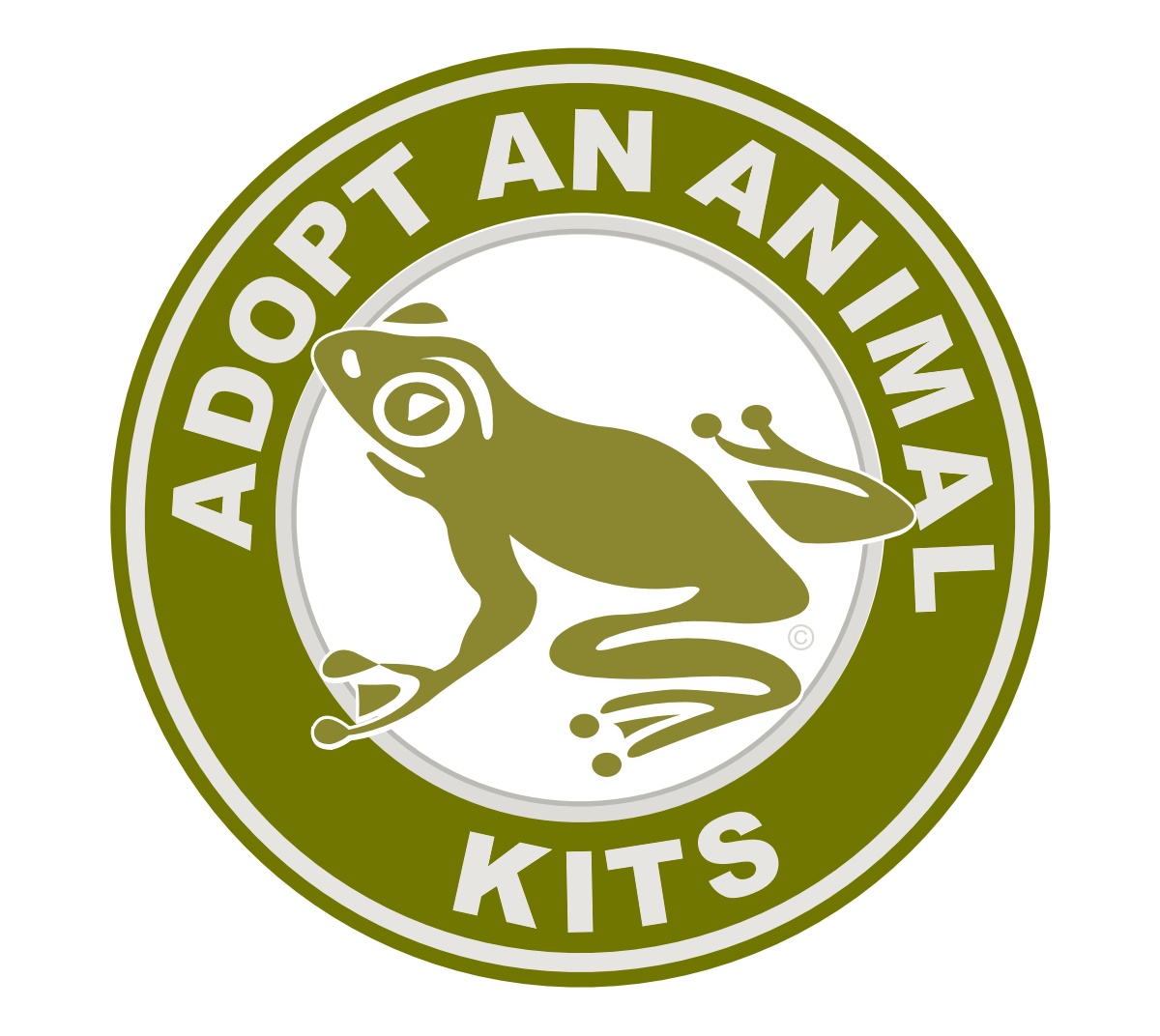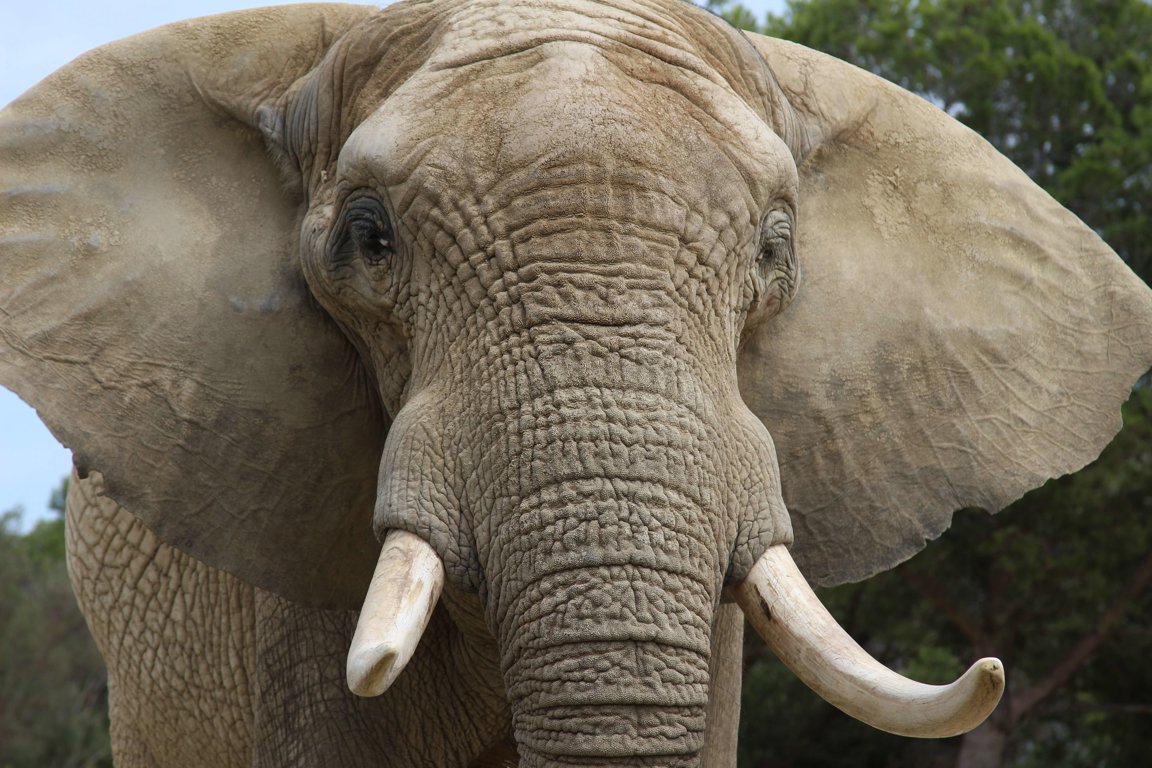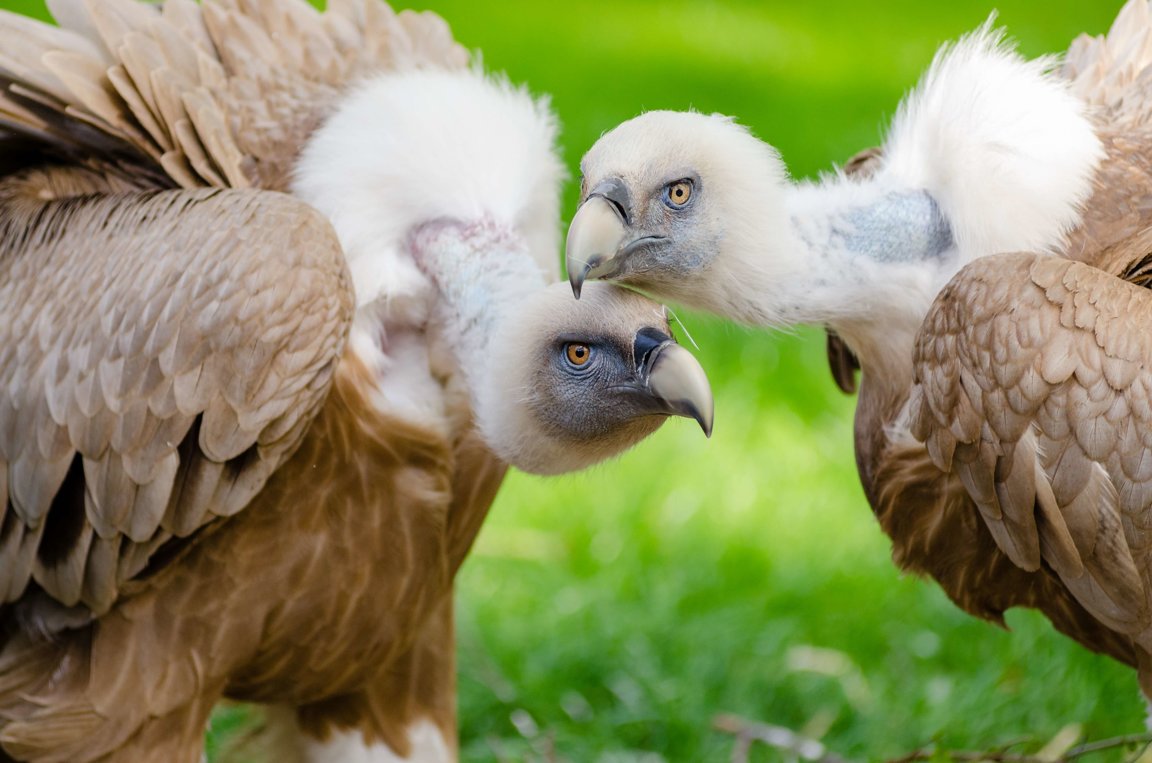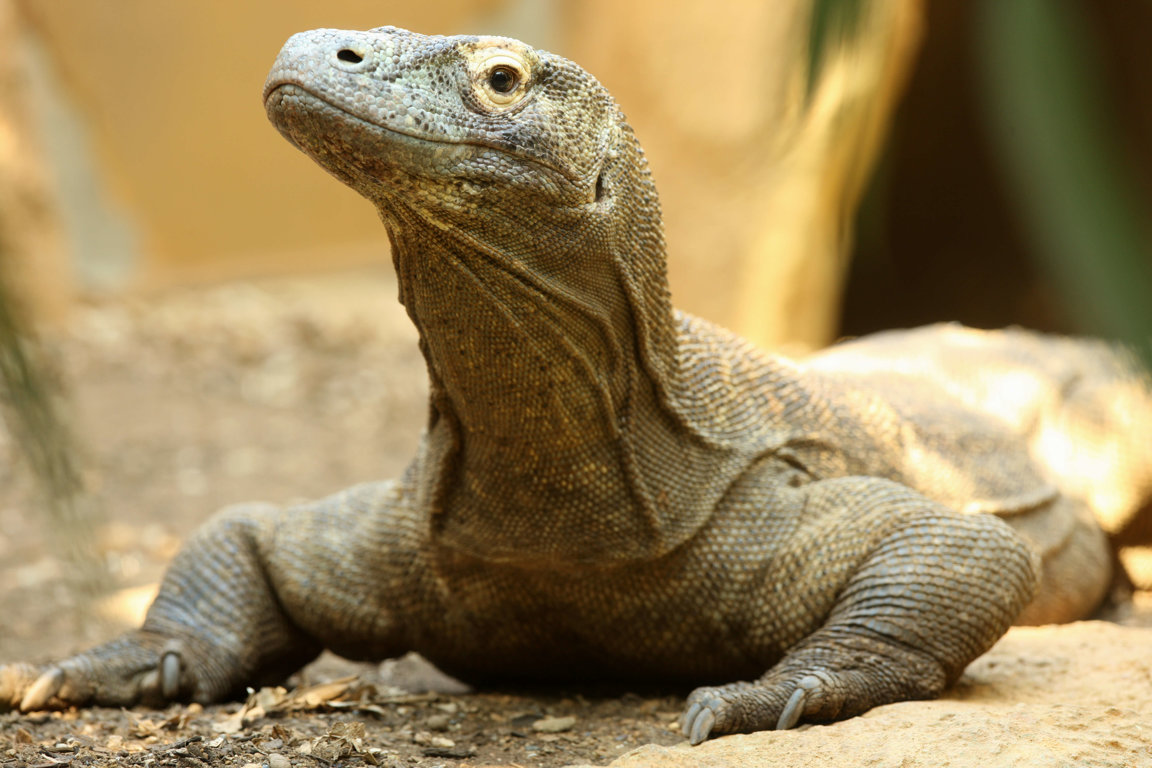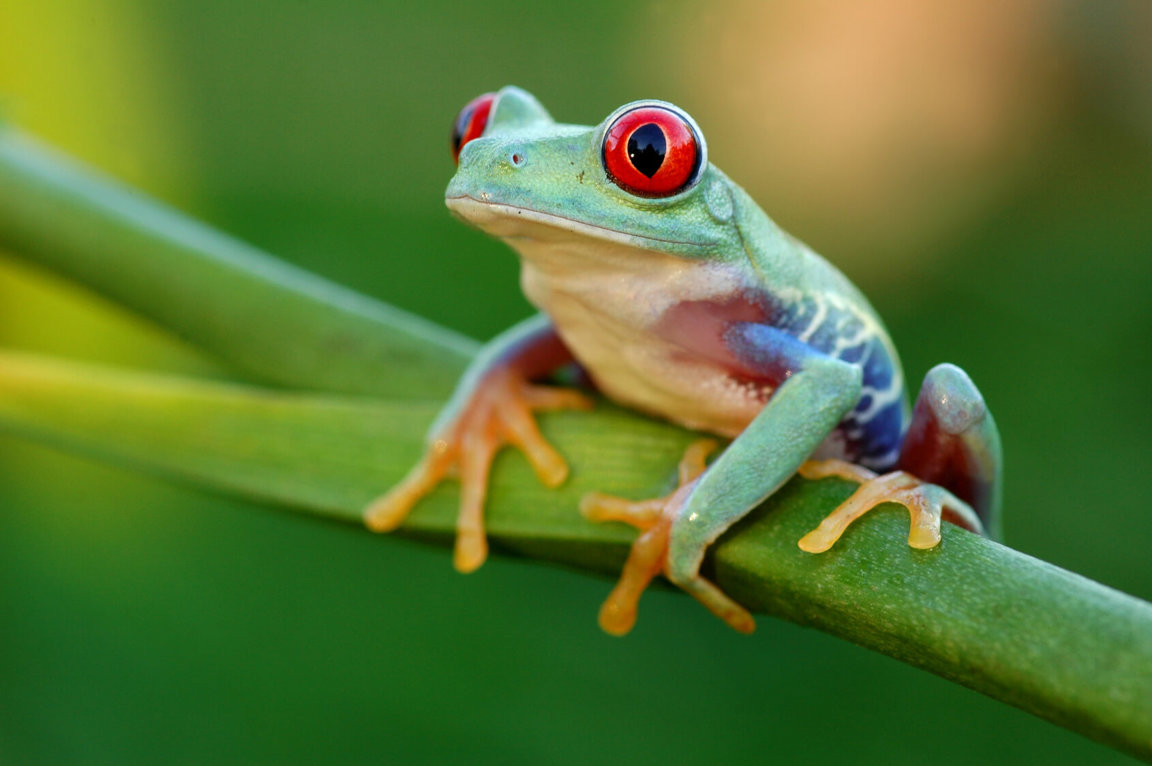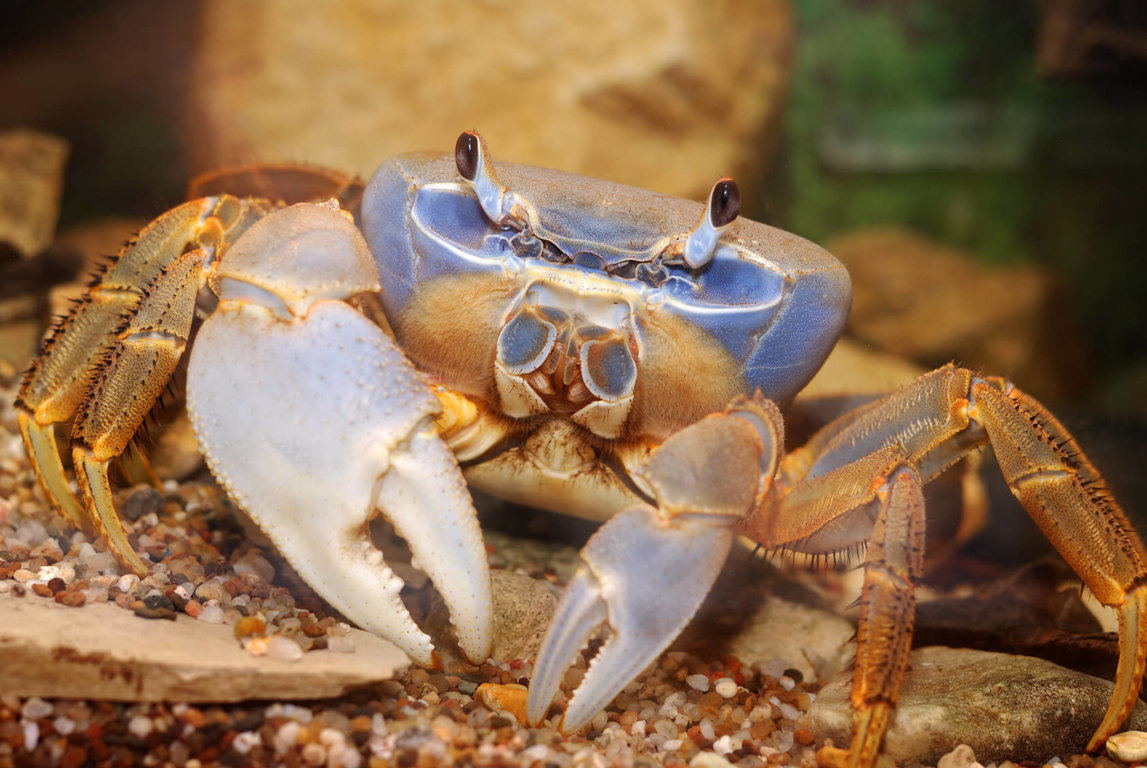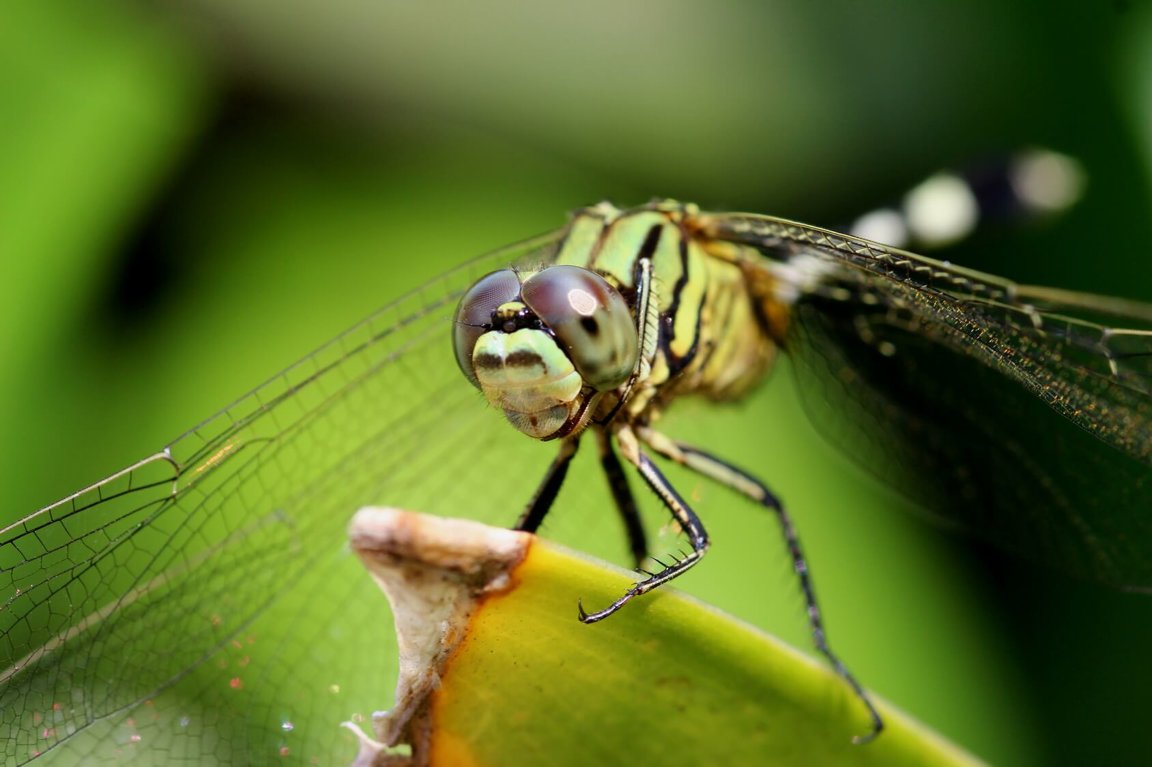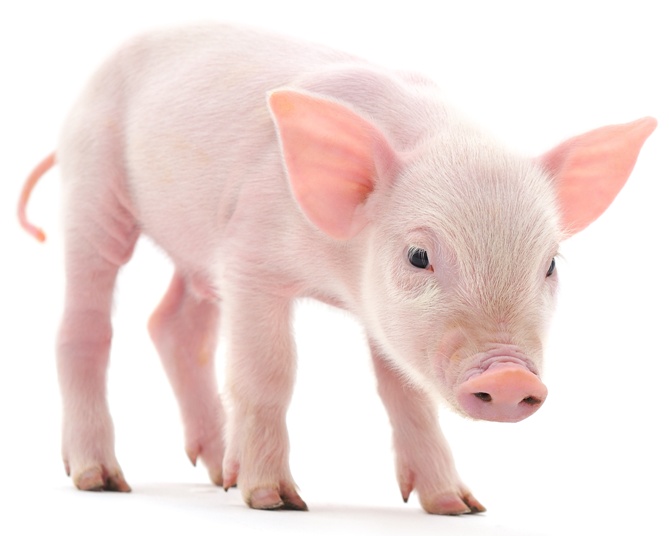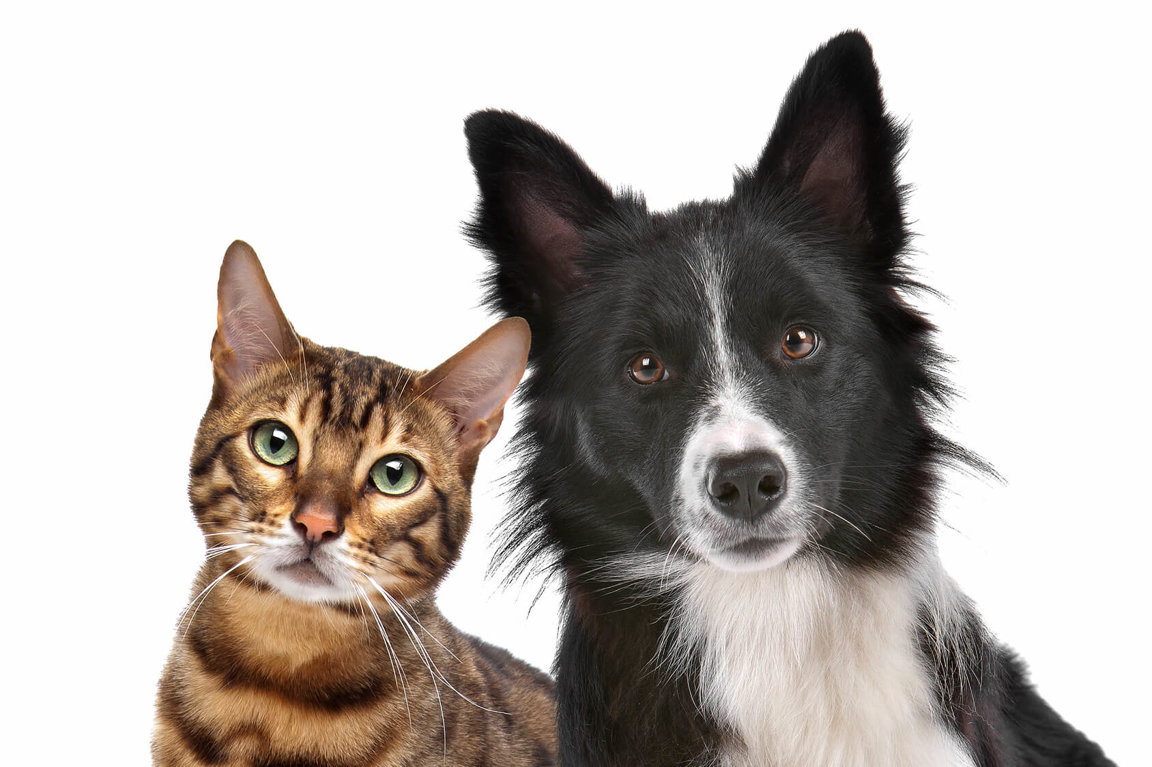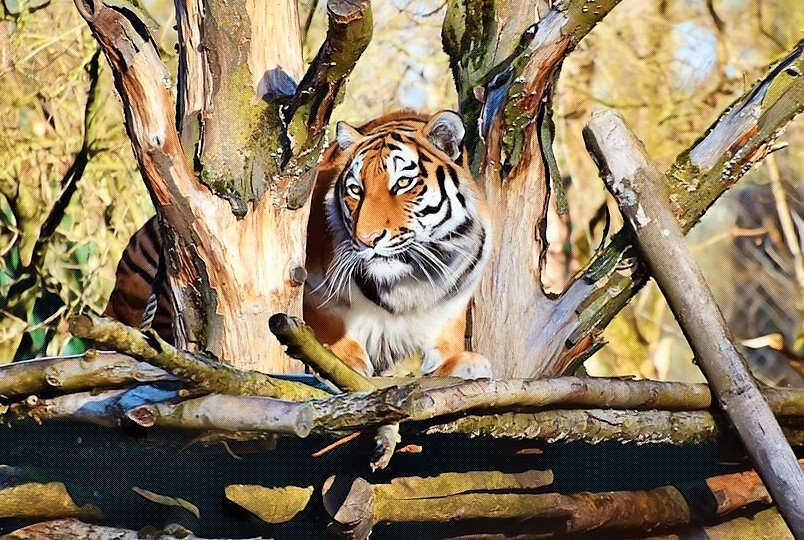 Learn About Animals
Learn About Animals
All animal species face challenges caused by humans. Learn about wild animals, companion animals and farm animals and discover what you can do to help.
Around the world, individuals, groups and organizations are making a difference for animals and the planet every day. From saving a companion animal from cruelty, to saving an entire species from extinction, simple choices and actions that you can make will help save animals and the earth.
You can make a difference for animals by adopting an animal, recycling, choosing humane products, donating to a charity of your choice, distributing flyers and fact sheets, encouraging humane legislation, planting wildlife gardens, trapping and neutering feral cats, volunteering, and educating others about earth and animal issues. Together, our collective efforts to protect and preserve animals and the environment is making a difference.
Join the effort today; become an earth and animal advocate!
